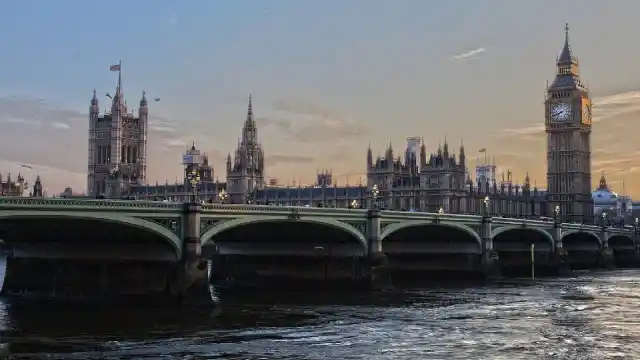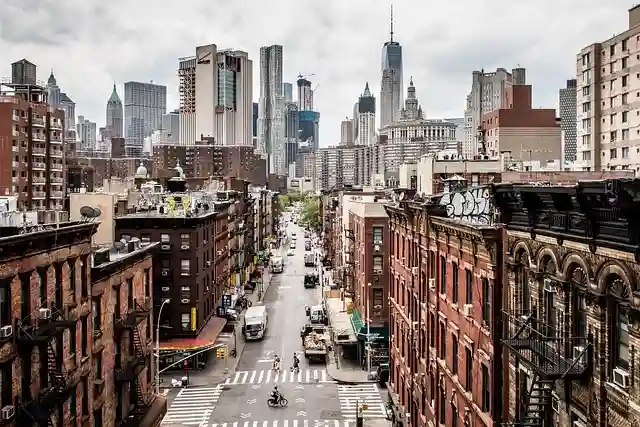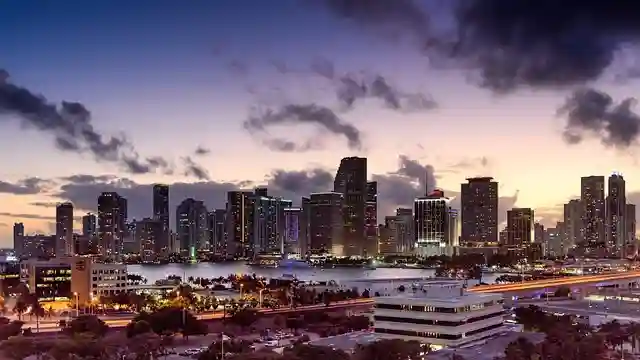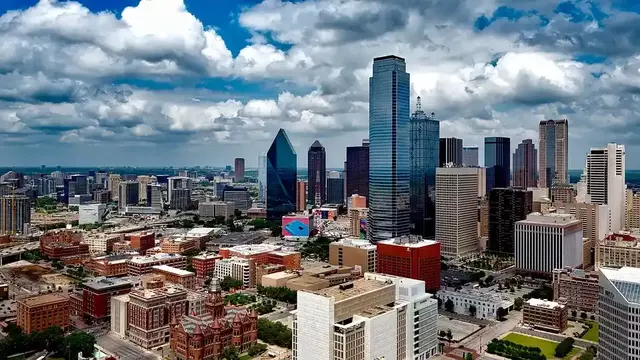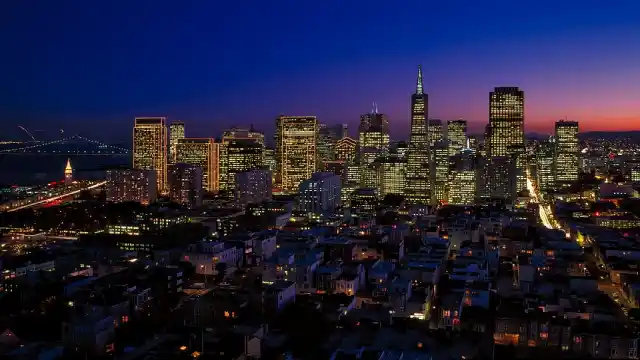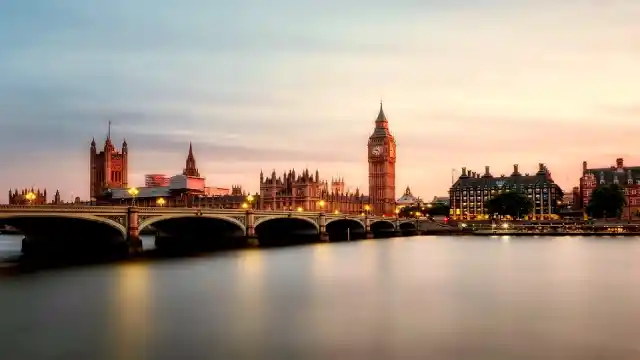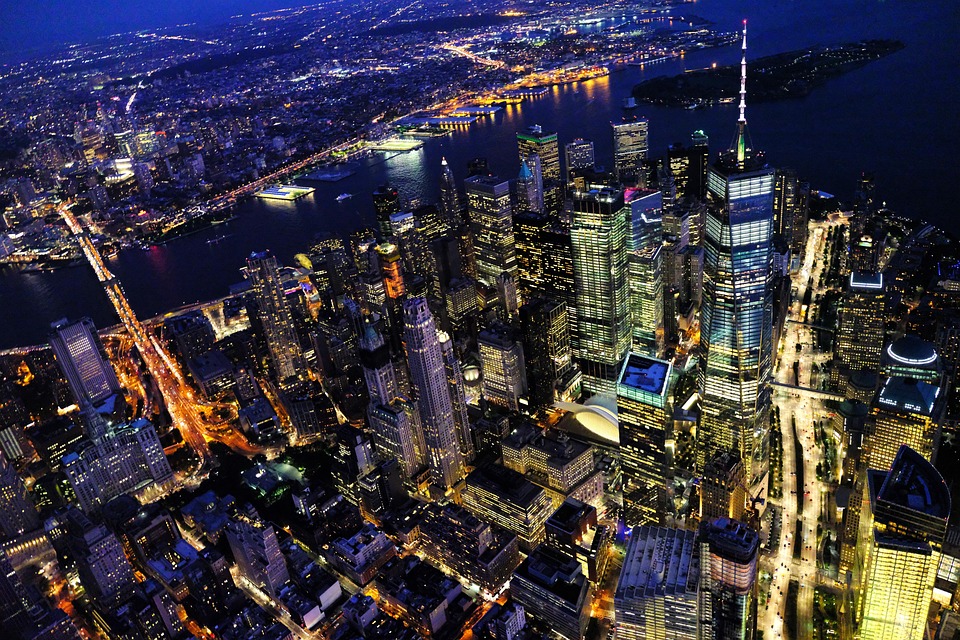London has secured a place in the list of visitors who once wants to visit the place and explore every single corner of it. London is the most preferred and loved destination by the visitors. The area has charm and glory that attracts a considerable crowd worldwide. But visitors often wonder what the best time to visit London is. So for them, all the information has been shared below in this article.
Following certain factors like the crowd, weather, and budget, the period between March and May is considered the best time for visiting London. At this time, the temperature in London is mild, and all the parks are green and blooming. Apart from this, December is also a prevalent time.
Seasons in London
So, now every area of London has its season and pattern. Below is a brief detail of all the seasons and an overview of what you can expect if you travel in these months or are more specific in this season.
Spring (March to May)
Spring in London spans from March to May and is a beautiful time when the city comes to life after the colder winter months.
Weather:
The weather in London during spring can be unpredictable. Visitors can witness mild temperatures ranging from 50-60°F during the day. However, it can also rain frequently, so it's best to pack for warm and wet conditions.
Events and Festivals:
Plenty of events and festivals are happening throughout the spring months in London. One of the most famous events is the Chelsea Flower Show. The festival is celebrated during the month of May. This festival showcases some of the world's most beautiful floral displays. St. Patrick's Day celebrations also occur in March, while the London Marathon usually takes place in the month of April.
Attractions:
Many of London's outdoor attractions and parks bloom during spring, making them perfect for a stroll. Some popular parks to visit during spring include Hyde Park, Regents Park, and St James's Park. Adding to it further, visitors can also visit the famous Kew Gardens, where they can eye-witness over 30,000 different types of plants.
Food and Drink:
London has a fantastic food and drink scene, and spring is no exception. Various seasonal produce is available. Asparagus, artichokes, and rhubarb are some of the seasonal foods. Many bars and restaurants offer outdoor seating options. With the outdoor seating and dining, you can also enjoy the beautiful sunshine.
Summer (June to August)
The summer season in London occurs in the months of June to August. The most favorable and loved time for visitors to visit London is from June to August.
Weather:
The weather during summer is basically warmer and drier. The temperature ranges from 65-75°F during the day.
Events and Festivals:
Visitors can expect a great bunch of events and plan if they are heading to London during the summer season. The list of events includes the Wimbledon Tennis Championships in June, the Pride in London parade in July, and the Notting Hill Carnival in August.
Attractions:
London's attractions are always popular, but outdoor attractions such as the London Eye, Tower Bridge, and Buckingham Palace are top-rated in summer. You can also stroll through some of London's beautiful parks and gardens, such as Hampstead Heath and Greenwich Park.
Food and Drink:
Nothing can be more buzzing than the food and drink scenes of London during its summer season. Visitors can opt to visit some of the most renowned rooftop bars and restaurants for fantastic views and delicious food on their plates.
Autumn (September to November)
Autumn in London, typically from September to November, is a beautiful and cozy time as the leaves change color and the weather cools down.
Weather:
During autumn, the weather in London becomes cooler, with temperatures ranging from
50-60°F during the day.
Events and Festivals:
London has been the most liked traveling destination by visitors because of its ongoing events and festivals. Several festivals are hosted in the autumn season. While talking about the festival, you can mark your presence in the London Design Festival that occurs in September. Moving further, there are some more, like Thames Festival in September and the Bonfire Night Celebration in November.
Attractions:
London's outdoor attractions and parks are lovely during autumn as the leaves change color and create a beautiful backdrop for strolls. Hyde Park, Greenwich Park, and Richmond Park are some of the most popular parks in London. You can also stroll along the Thames to enjoy the autumn scenery.
Food and Drink:
Autumn in London brings seasonal produce, such as pumpkins, apples, and root vegetables. There are also several food festivals and markets during this time, including the London Restaurant Festival in October and the Chocolate Show in November.
Winter (December to February)
London can be chilly but magical from December to February as the city gets into the festive spirit. The winter season attracts many visitors to the place, with the serene view.
Weather:
During winter, the weather in London is cold, with temperatures ranging from 35-46°F during the day. The city can also experience snow and frost, so it's important to pack warm clothing and shoes suitable for snowy and icy conditions.
Events and Festivals:
London is known for its festive spirit during winter, with many events and festivals. The most famous of these is the Christmas lights display, with Oxford Street, Regent Street, and Carnaby Street all featuring stunning light displays. There's the Winter Wonderland festival in Hyde Park, the New Year's Day parade, and the Chinese New Year celebrations in February.
Attractions:
London's indoor attractions, such as the British Museum, the Tate Modern, and the National Gallery, are top-rated during winter. You can also visit some of the city's historic landmarks, such as Buckingham Palace and the Tower of London, or take a ride on the London Eye for a panoramic view of the city.
Food and Drink:
Winter in London is the perfect time to indulge in hearty comfort food such as roasts, stews, and pies. You can also enjoy festive treats such as mince pies and hot chocolate. Many pubs and bars offer cozy indoor seating, open fires, and festive decorations.
Pros and Cons of Each Season-
Spring Season:
| Pros | Cons |
| Mild and pleasant weather with occasional sunshine | Unpredictable weather with occasional rain and chilly days |
| Beautiful blooming flowers and trees in parks and gardens | Limited outdoor activities due to weather conditions |
| Fewer crowds and lower prices for accommodation and attractions | Crowds can increase during the Easter holidays and the May bank holiday weekend |
Summer Season:
| Pros | Cons |
| Warm and sunny weather with longer daylight hours | High demand for accommodation and attractions leads to higher prices |
| Outdoor events and festivals, including Wimbledon, Pride in London, and Notting Hill Carnival | Crowded streets, public transport, and popular attractions |
| Plenty of outdoor activities, such as picnics in the parks, boat trips on the Thames, and rooftop bars and restaurants | Heatwaves can make the city uncomfortable for some visitors |
Autumn Season:
| Pros | Cons |
| Calmer but still pleasant weather with beautiful autumn foliage | Shorter daylight hours and occasional rain showers |
| Lower prices and fewer crowds compared to summer | Limited outdoor activities due to weather conditions |
| Seasonal events and festivals, including the London Design Festival and Bonfire Night celebrations | Crowds can increase during the Halloween period |
Winter Season:
| Pros | Cons |
| The festive spirit and Christmas decorations throughout the city | Cold and often wet weather with occasional snow and icy conditions |
| Lower prices and fewer crowds compared to summer | Shorter daylight hours and limited outdoor activities |
| Seasonal events and festivals, including the Winter Wonderland festival and the Christmas lights, displays | Crowds can increase during the holiday season and school breaks |
Factors to Consider-
- Weather: Be prepared for varying temperatures, occasional rain, and limited sunshine throughout the year.
- Crowds: London can get very busy during peak season and popular events, so consider visiting during the off-season to avoid crowds.
- Budget: Accommodation, transportation, and food can be expensive in London, so plan your budget accordingly and look for deals.
Conclusion
In conclusion, the best time to visit London depends on your preferences and priorities. While planning your trip to London, consider some factors like the weather, crowds, budget, and personal preferences to choose the optimal time to visit. Spring and autumn offer mild weather, fewer crowds, and lower prices, while summer is the busiest season with many outdoor events and activities. Winter is the off-season with festive spirit and lower costs, but colder weather and limited outdoor activities. It is advisable to book accommodation and attractions in advance to save money and avoid long queues, and to use public transportation such as the Tube and buses to save money and time. Lastly, remember to pack for the unpredictable British weather!
